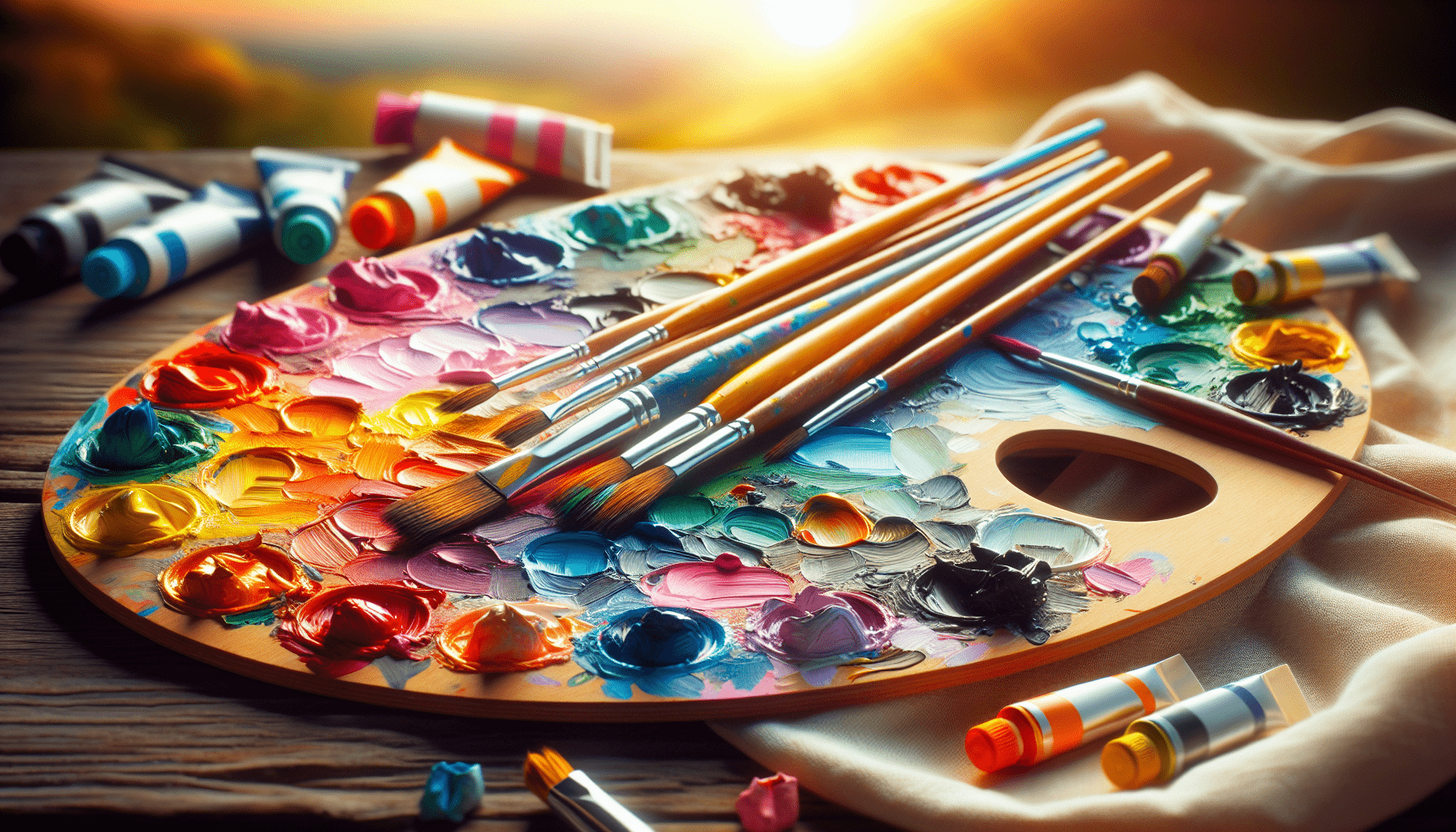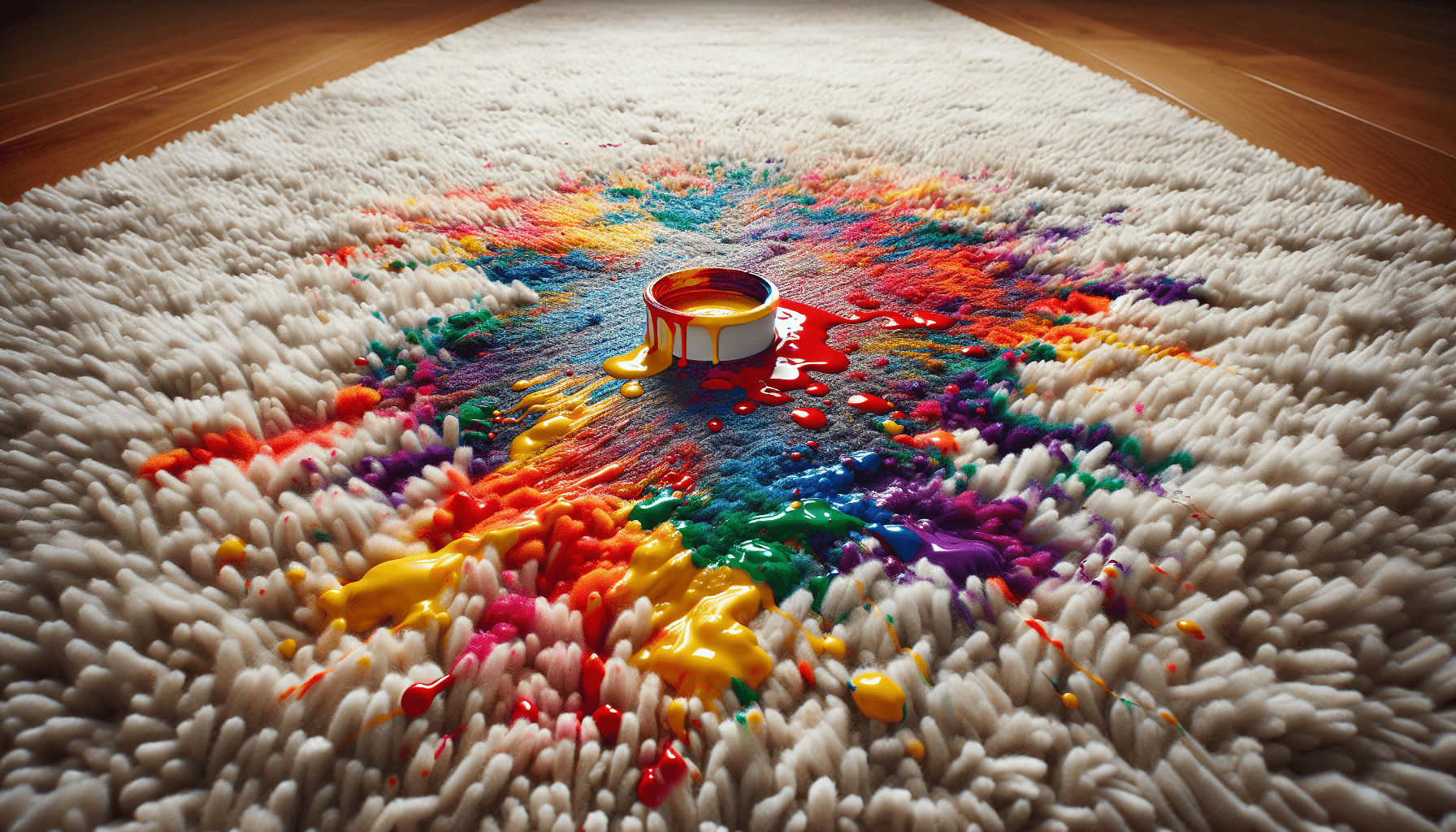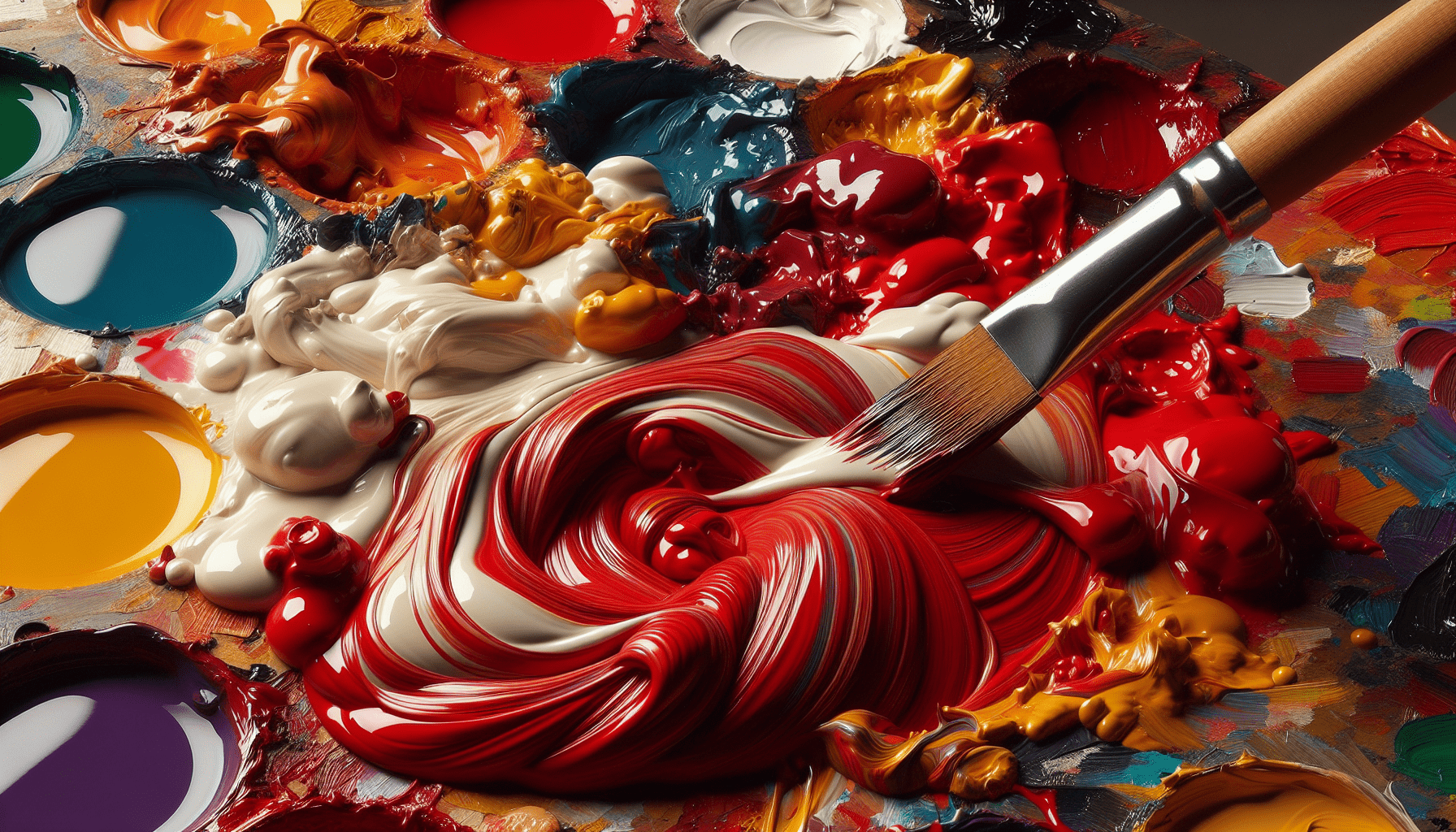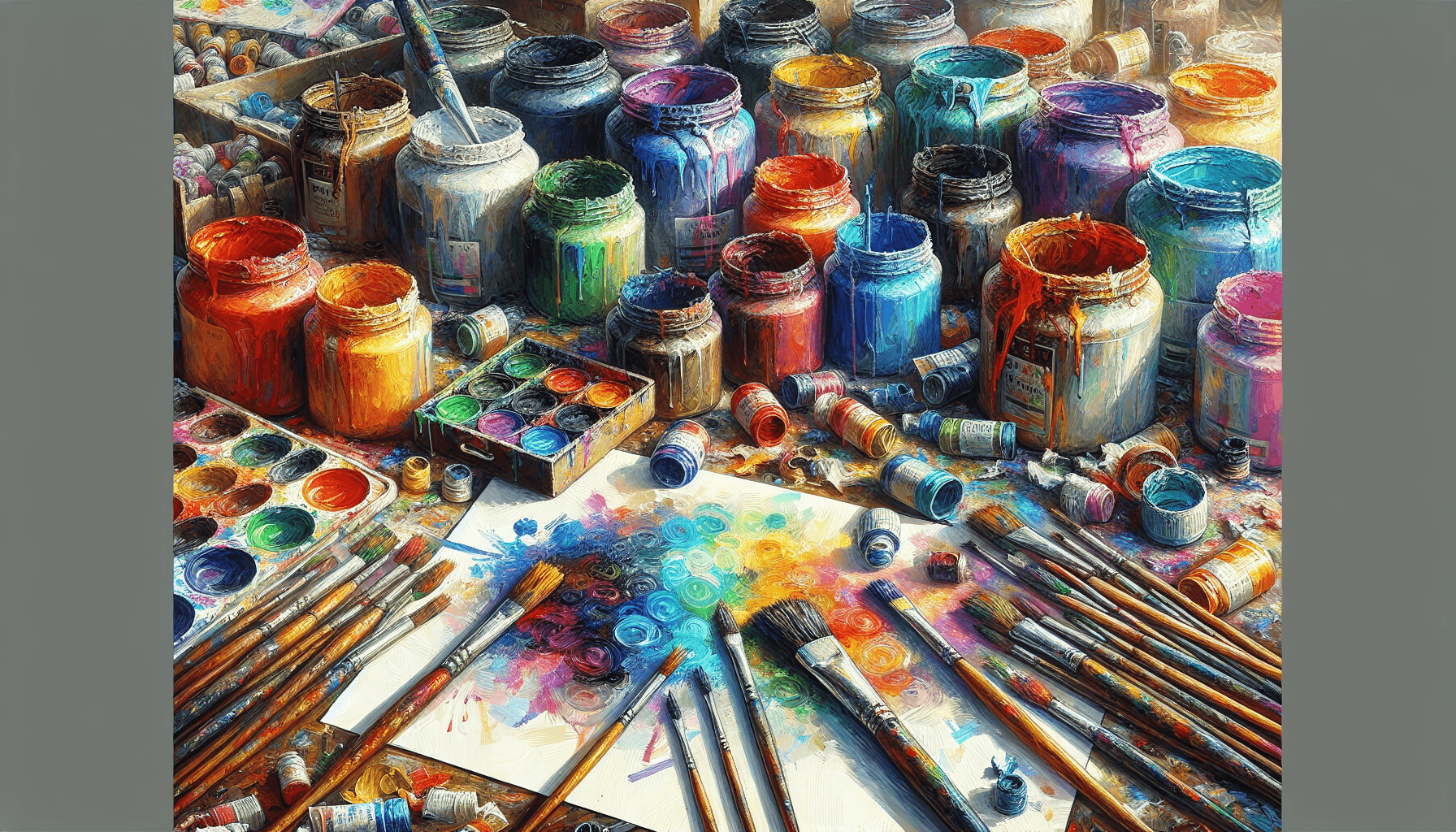Have you ever wondered how you can master the art of painting with poster colors? Poster colors can be an excellent medium for both beginners and professional artists due to their vibrant hue and ease of use. This guide will take you through every step you need to understand and excel in painting with poster colors.
Understanding Poster Colors
What Are Poster Colors?
Poster colors are a type of water-based paint known for their opacity and vibrant colors. Unlike watercolor paints, which are often translucent, poster colors have a thick and creamy consistency, making them ideal for creating bold and striking artwork.
Why Choose Poster Colors?
You may be curious why poster colors stand out as a medium. Poster colors offer several advantages including:
- Variety of Colors: A wide range of colors is readily available.
- Opacity: Due to their thick texture, poster colors provide excellent coverage.
- Flexibility: Suitable for many surfaces, including paper, cardboard, and wood.
Gathering Your Supplies
Essential Materials
Before you begin painting, ensure you have all of these materials:
| Item | Description |
|---|---|
| Poster Colors | A set of high-quality poster colors. |
| Brushes | Various sizes including flat and round brushes. |
| Palette | Used for mixing your poster colors. |
| Water Container | To clean your brushes between colors. |
| Paper | Thick paper or canvas that can handle the weight of the paint. |
| Pencil and Eraser | For sketching your initial design. |
| Paper Towels | For drying your brushes or cleaning up spills. |
Choosing the Right Brushes
Selecting the correct type and size of brushes is crucial. Flat brushes work well for broad strokes and covering large areas, while round brushes are ideal for intricate details.
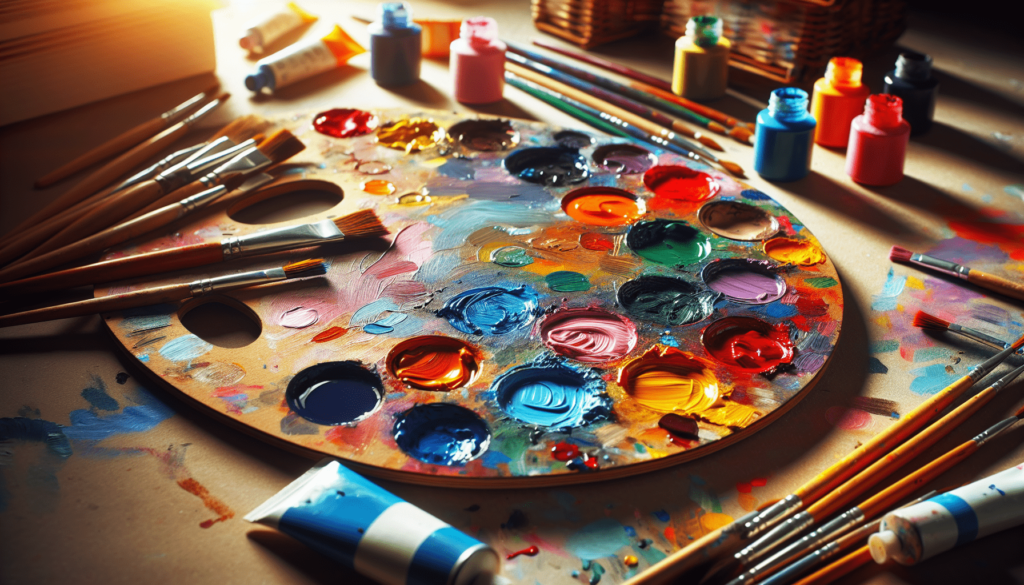
Preparing Your Workspace
Setting Up Your Painting Area
A well-organized workspace can enhance your painting experience. Make sure:
- You have ample lighting.
- Your supplies are within reach.
- The area is free from distractions.
Preparing Your Surface
Preparing the painting surface is an essential step. If you are using paper, ensure it is taped down to prevent curling. If using canvas or wood, priming the surface may be necessary.
Basic Techniques
Mixing Poster Colors
One of the benefits of poster colors is their versatility in mixing. Use your palette to experiment and create new shades. Start by placing small amounts of each color and mix with a brush’s tip until you achieve your desired hue.
Application Techniques
Wet on Dry
Applying wet poster color onto a dry surface creates sharp and defined edges. This method is particularly useful for detailed work.
Wet on Wet
This technique involves applying wet paint onto a wet surface. It allows the colors to blend more fluidly, creating soft transitions and gradients.
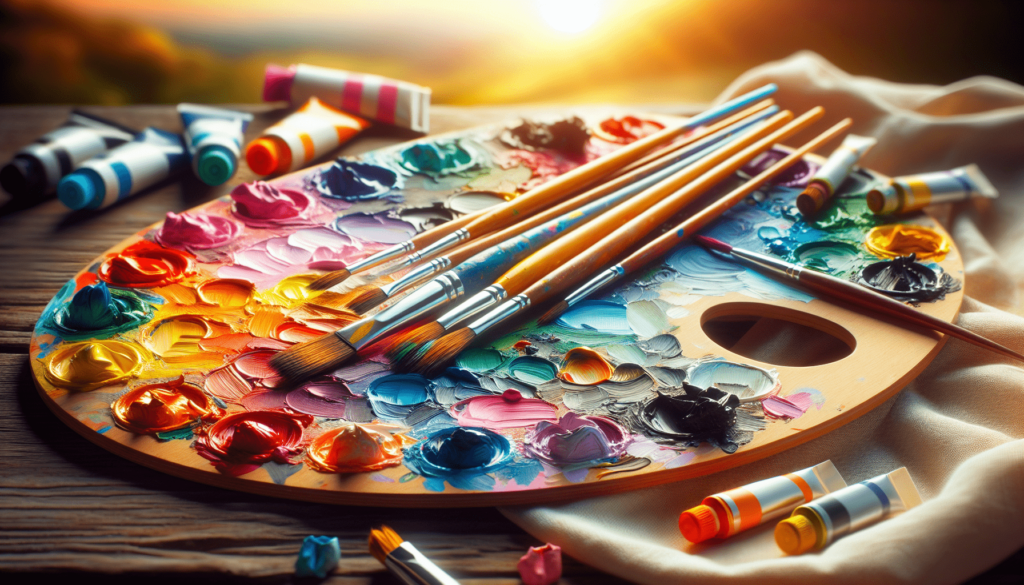
Creating Your Masterpiece
Sketching Your Design
Begin by lightly sketching your design on your chosen surface using a pencil. Keep the lines simple as they will serve as a guide for your painting.
Laying Down the Base Colors
Once your sketch is complete, start applying base colors. Use larger brushes for broad areas and smaller brushes for fine details. This step sets the foundation for your painting and helps in visualizing the final piece.
Adding Layers and Details
Building layers is vital in achieving a rich and textured look. Allow each layer to dry before adding more color. This layering technique provides depth and complexity to your artwork.
Highlights and Shadows
Highlighting and shadowing add realism and dimension to your painting. Use lighter shades for highlights where the light naturally hits and darker shades for shadows.
Tips for Professional Results
Consistency is Key
Consistency in your paint’s texture is essential for professional-looking results. If the paint is too thick, it may crack as it dries; too thin, and it might not cover well.
Mind Your Brush Strokes
Your brush strokes can affect the overall appearance of your painting. Smooth, controlled strokes result in a polished look, while haphazard strokes can appear unrefined.
Cleaning and Maintenance
Cleaning Brushes
Proper brush care extends their lifespan and maintains quality. Rinse brushes in clean water immediately after use and reshape the bristles before drying. For stubborn paint, gentle soap can be used.
Storing Your Paints
Poster colors should be stored in a cool, dry place to prevent them from drying out. Ensure the caps are tightly sealed to maintain their consistency.
Troubleshooting Common Issues
Paint Drying Too Quickly
If your paint dries too fast, it could be due to a very dry environment. Consider using a humidifier or misting your work area lightly with water.
Uneven Coverage
Uneven coverage can occur if the paint is not mixed well or if the layers are too thick. Ensure a smooth, consistent mixture before application and build layers gradually.
Advanced Techniques
Texturing
Incorporating texture can add an exciting dimension to your artwork. Techniques such as stippling, sponging, or using palette knives to apply paint can create unique effects.
Blending
Use blending techniques to achieve seamless color transitions. Gradual blending between shades can elevate the realism and depth of your painting.
Detail Work
For intricate details, utilize fine-tipped brushes or even tools like toothpicks. Patience and steady hands are crucial in this stage.
Conclusion
Painting with poster colors offers an enriching and creative experience. By understanding the materials, techniques, and methodologies, you can create stunning pieces of art. Whether you are a novice or an experienced artist, following this guideline will help you harness the full potential of poster colors, elevating your artwork to a professional level.
